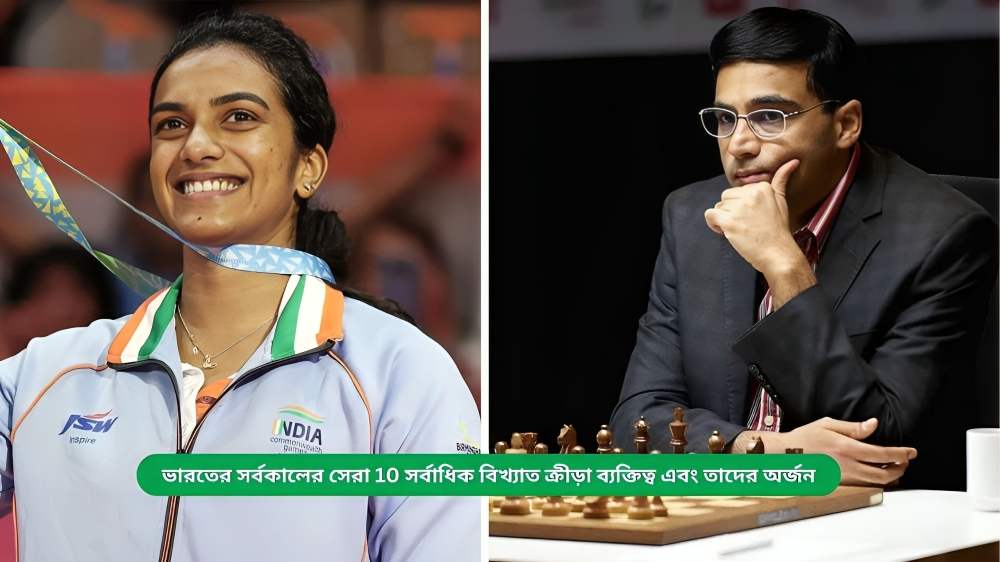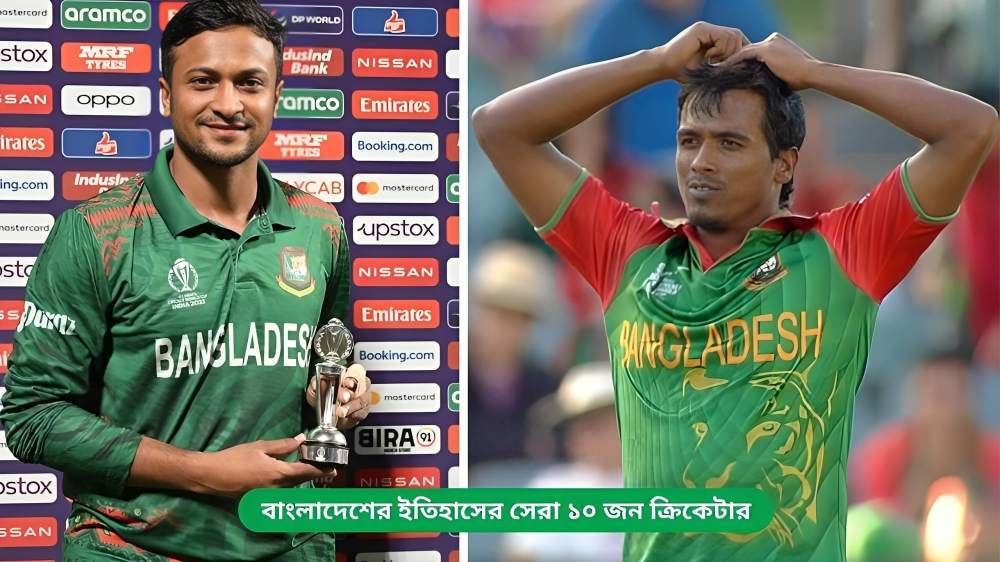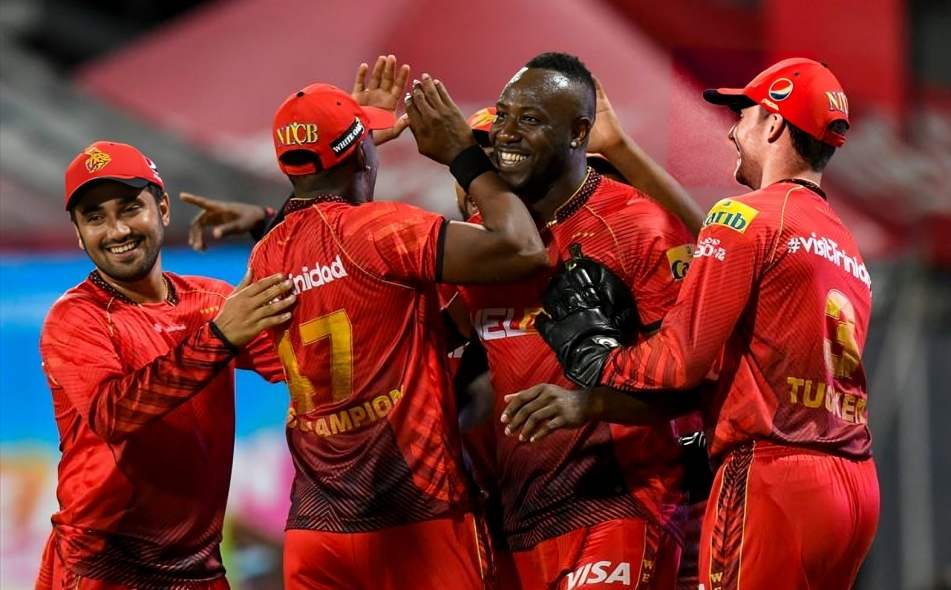In the world of cricket, each player’s jersey number becomes a symbol of their identity on the field. Whether it’s a reflection of personal significance, a tribute to a role model, or just a simple preference, jersey numbers are an essential part of cricket culture. Among the many numbers worn by cricketers, Jersey number 2 is particularly notable, as it has been worn by several iconic players throughout the history of the game.
This article explores the significance of jersey number 2 in cricket, highlights players who have worn it, and examines the impact these players have made in the world of cricket.
The Importance of Jersey Numbers in Cricket
Cricket, like most team sports, is a game that places great emphasis on both individual and collective identity. The choice of a jersey number can hold sentimental value for a player and often becomes associated with their legacy. Whether it’s the number worn by legends of the game or a player who brought new energy to the team, each jersey number tells a story. For fans, jersey numbers can also symbolize the connection they feel to their favorite players, providing a unique way to identify and celebrate them.
In cricket, jersey numbers can also indicate the role a player plays within the team. For instance, the lower numbers (1-11) are often associated with the main players, while higher numbers may be reserved for backup players or those less frequently part of the playing XI. However, there are no strict rules, and players may choose their jersey numbers based on personal reasons.
Iconic Players Who Have Worn Jersey Number 2
Jersey number 2 has been worn by several remarkable cricketers, some of whom have had a lasting impact on the sport. Below is a table showcasing some of the most prominent cricketers to have worn jersey number 2.
| Player Name | Country | Role | Years Active | Notable Achievements |
|---|---|---|---|---|
| Matthew Hayden | Australia | Opening Batsman | 1994–2009 | One of Australia’s greatest opening batsmen, known for his aggressive style, including a career-high score of 380 against Zimbabwe. |
| Virender Sehwag | India | Opening Batsman | 1999–2013 | Renowned for his aggressive batting, including two double centuries in Test cricket, and a career-high score of 319. |
| Zaheer Khan | India | Bowler | 2000–2014 | Leading pace bowler for India, known for his precision and ability to swing the ball, especially in World Cups and Test cricket. |
| Martin Guptill | New Zealand | Opening Batsman | 2009–present | Known for his destructive opening partnerships and a memorable double century in the 2015 ICC Cricket World Cup, the highest individual score in World Cup history. |
| Dennis Lillee | Australia | Fast Bowler | 1971–1984 | One of the greatest fast bowlers in the history of cricket, a key figure in Australia’s dominance during the 1970s and 1980s. |
| Travis Head | Australia | Middle-order Batsman | 2016–present | An aggressive middle-order batsman, contributing to Australia’s success in limited-overs and Test cricket. |
As shown in the table, Matthew Hayden, Virender Sehwag, and Dennis Lillee are some of the standout names that have worn jersey number 2 in international cricket. These players not only wore the number but also brought it to life with their remarkable performances on the field. Let’s delve deeper into the significance of each of these players.
Matthew Hayden (Australia)

Matthew Hayden is one of Australia’s most destructive opening batsmen, known for his aggressive and fearless approach to the game. Wearing the number 2 jersey, Hayden was a dominant force in both Test and ODI cricket. He was known for his ability to score big hundreds and formed one of the most feared opening partnerships with Justin Langer. His career-best score of 380 against Zimbabwe in 2003 remains the highest individual score in Test cricket for an Australian batsman.
Key Achievements:
- Scored 30 Test centuries and 10 ODI centuries.
- Part of Australia’s dominant team in the early 2000s.
- Instrumental in Australia’s 2007 ICC World Cup win.
Virender Sehwag (India)

Virender Sehwag, one of India’s most innovative and explosive opening batsmen, wore jersey number 2 during his career. Sehwag was known for his fearless batting and often redefined how aggressive opening batsmanship could be. His ability to score runs quickly, including two triple centuries in Test cricket, made him one of the most destructive players to ever play the game.
Key Achievements:
- Scored 2,000+ runs in both formats with numerous centuries and double centuries.
- Became the second player in history to score a triple century in Test cricket.
- A key figure in India’s 2007 ICC T20 World Cup victory and the 2011 ICC World Cup win.
Zaheer Khan (India)

Zaheer Khan, one of India’s most successful fast bowlers, also wore the number 2 jersey. Khan’s ability to swing the ball both ways and his knack for taking crucial wickets made him an integral part of India’s bowling attack for over a decade. He was especially known for his performances in ICC tournaments, such as the 2011 ICC Cricket World Cup, where he played a crucial role in India’s success.
Key Achievements:
- Leading wicket-taker for India in ODIs and Tests for a long period.
- Played a vital role in India’s 2011 World Cup victory.
- Known for his discipline and ability to bowl under pressure.
Martin Guptill (New Zealand)

Martin Guptill is one of New Zealand’s most consistent opening batsmen. Wearing the number 2 jersey, Guptill became famous for his remarkable performances in ICC tournaments, particularly in the 2015 ICC Cricket World Cup, where he scored a record-breaking 237* against West Indies. His ability to score big runs in limited-overs cricket has made him one of New Zealand’s most important players.
Key Achievements:
- Scored New Zealand’s first-ever double century in an ODI.
- A key figure in New Zealand’s run to the 2015 ICC World Cup final.
- Known for his calm and steady presence in high-pressure situations.
Dennis Lillee (Australia)

Dennis Lillee is considered one of the greatest fast bowlers in the history of cricket. He was known for his fierce pace, relentless energy, and mental toughness, earning the number 2 jersey during his legendary career. Lillee played a central role in Australia’s fast bowling attack during the 1970s and early 1980s, leading the team to several victories.
Key Achievements:
- Took 355 wickets in Tests and 103 wickets in ODIs.
- Played a key role in Australia’s victories during the 1970s and 1980s.
- Regarded as one of the best fast bowlers of all time.
The Legacy of Jersey Number 2 in Cricket
Jersey number 2 has been worn by some of the most influential and successful cricketers in the history of the game. From destructive opening batsmen like Matthew Hayden and Virender Sehwag to lethal fast bowlers like Dennis Lillee, the number has been associated with both dominance and consistency.
For fans and players alike, number 2 is a reminder of the extraordinary feats achieved by some of cricket’s most celebrated figures. Whether it’s a remarkable individual performance or a series of game-changing contributions, jersey number 2 has become symbolic of excellence in cricket.
Conclusion
Jersey number 2 in cricket has seen a wide range of players from different eras and roles, all of whom have contributed significantly to their respective teams and to the history of the sport. From the powerful batsmanship of Sehwag and Hayden to the precision of Zaheer Khan and Dennis Lillee, the number 2 jersey has remained a symbol of quality, resilience, and success.
As cricket continues to evolve, it’s likely that jersey number 2 will remain associated with legendary performances and memories that inspire future generations of cricketers. For fans, it’s more than just a number—it’s a connection to the past, present, and future of the great game of cricket.













